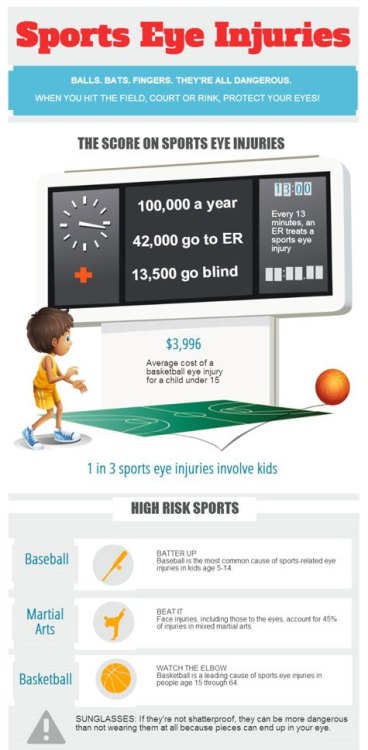Written by Dr. David Geier, American Orthopaedic Society for Sports Medicine
In recent years, we have seen a number of serious facial injuries among batters and pitchers in Major League Baseball, as well as professional basketball and hockey players. These same injuries to the facial bones, teeth and eyes can and do occur among young athletes as well. April is National Facial Protection Month and Youth Sports Safety Month. Let’s start encouraging kids who play sports to wear proper protection to prevent these injuries.
In a survey of parents of young athletes commissioned by the American Association of Orthodontists, 67 percent of respondents said that their children did not wear mouth guards during sports. Mouth guards can decrease the severity of injuries to the teeth and jaw or prevent them altogether. The American Association of Orthodontists, the American Association of Oral and Maxillofacial Surgeons, the American Academy of Pediatric Dentistry and the Academy for Sports Dentistry all recommend mouth guards for young children who participate in activities and sports in which the face can contact a projectile or other hard object or surface.
Facial protection
Pitchers and batters in baseball have generally resisted the idea of wearing helmets that protect the face, claiming that they might limit peripheral vision or be uncomfortable. Yet traditional caps worn by pitchers and batting helmets worn by batters do not protect bones around the face, eyes or jaw. Pitchers should at least consider wearing helmets or protective caps with extra padding that offers facial protection as well. Batters can try helmets with face flaps or full cages to protect themselves from a high-speed impact from a ball to the face.
According to the American Academy of Ophthalmology (AAO), sports account for approximately 100,000 eye injuries each year. Baseball, basketball and racquet sports account for the highest number of eye injuries, most of which can be prevented if athletes wear protective eye wear. Athletes in baseball, ice hockey and men’s lacrosse should wear helmets with polycarbonate shields. Check out the AAO infographic below for more information and statistics.

View the full infographic on the American Academy of Ophthalmology website.
This protective equipment might seem uncomfortable and even unnecessary to many young athletes, but wearing them could prevent serious injuries and surgeries that would keep them out of sports for long periods of time.
How do you protect yourself from facial injuries during sports?